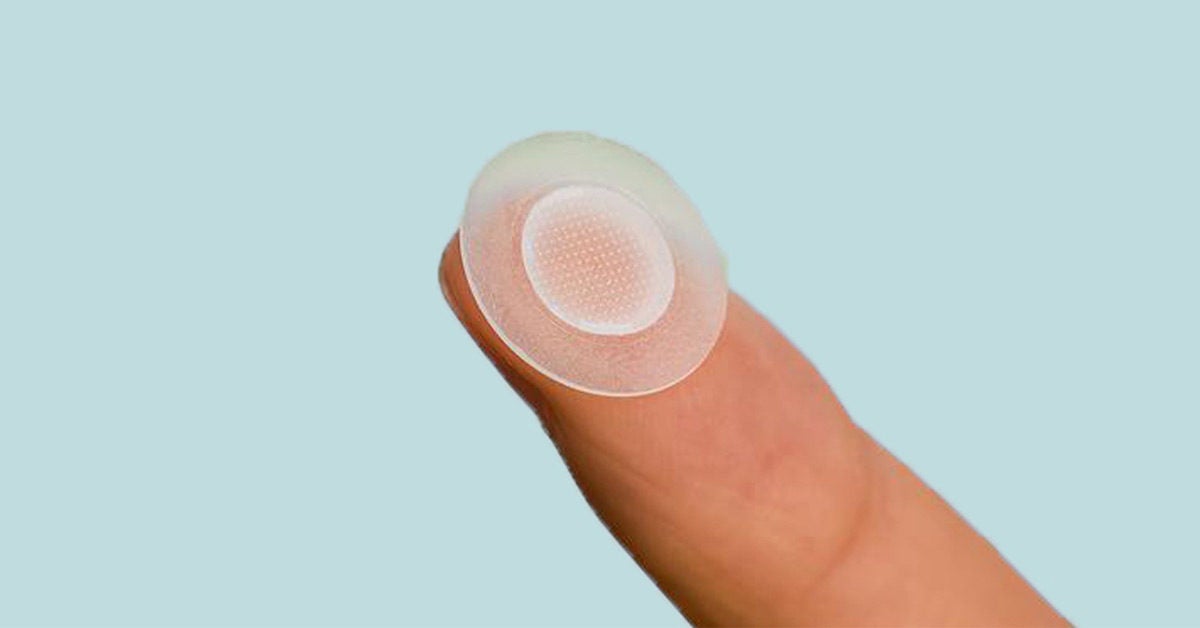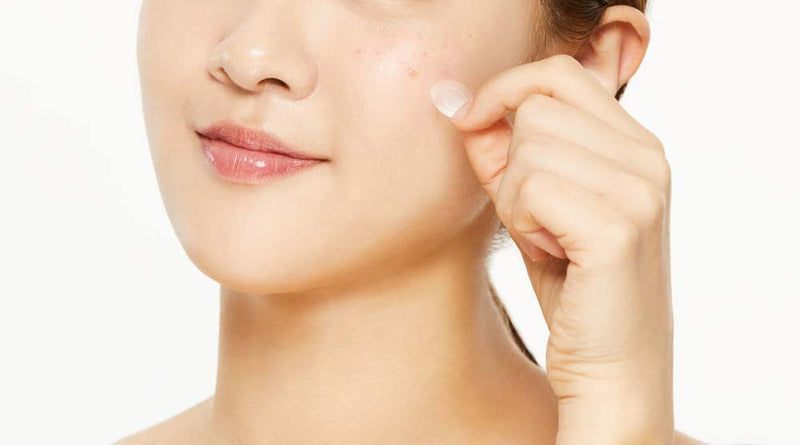Have you ever come across acne patches when google searching for a cure for acne? Are you wondering if these will work for you? This article will discuss what pimples and acne patches are and how you can take advantage of their cleaning effects on your skin!
What Are Pimples and Acne Patches?
An acne patch is a translucent patch made of hydrocolloid bandages. Hydrocolloids are waterproof, breathable, biodegradable, and do not adhere to the skin. The active surface of the plaster is treated with a gelling agent. These include pectin, carboxymethyl cellulose, polymers, and adhesives. It is designed for the treatment of superficial wounds on the skin.
It acts as a barrier to protect the wound while retaining healing fluids. You can put it on a pimple or acne and still enjoy the benefits of wound protection and healing. The bandage draws moisture and bacteria out of the pores. These are converted into a gel-like substance that does not dry out the surrounding skin. The gel adheres to the bandage and can be easily removed.
The barrier formed by the plaster also prevents new bacteria from forming in the wound. Many people with acne or pimples unintentionally scratch or pick at other parts of their face in the process. Picking or scratching a spot will cause new bacteria to form and multiply, taking longer to heal. However, with a pimple patch, you won’t tend to pick the skin, allowing it to heal better.

Types of Acne Patches
Hydrocolloid Acne Patches
Most acne patches are made of a thin layer of plastic over a layer of hydrocolloid. The hydrocolloid is a mixture of sticky and absorbent materials designed to draw as much moisture as possible from the skin. As a result, moisture, sebum, and other contaminants can better escape from that pimple, so the spot disappears more quickly.
The thin plastic of the upper layer keeps other moisture from escaping, making it difficult for the skin to dry out. Such a moist environment helps the skin recover and makes it more beautiful after a night’s sleep. Hydrocolloid patches are not new; they were once invented for moist wounds and skin ulcers. Nowadays, patches for acne are made using the same technique.
Cosrx Acne Pimple Master Patch is one of the many brands of hydrocolloid patches on the market. The patches are available in three different sizes so that you can easily arrange them according to your preference. Due to the properties of hydrocolloids, the patch adheres well to the skin under any circumstances. The patch should be used at night. It is waterproof, protects the skin from bacteria, reduces redness, and provides adequate moisture to the skin.
Microneedle Patches
Microneedle patches are usually made of tiny soluble needles containing various healing ingredients. The needles gently penetrate the skin. This way, the medicine can be delivered directly to the source. Some patches contain hyaluronic acid to moisturize acne, salicylic acid to break down acne, and niacinamide for anti-inflammatory properties. Acropass is a well-known brand that uses microneedles in its acne patches.

Others
Some contain turmeric and niacinamide, and others contain aloe vera, tea tree oil, and salicylic acid. Turmeric helps to soothe redness. Aloe vera soothes skin inflammation, and tea tree oil has antibacterial properties.
How To Use Acne Patches?
Acne patches cannot eliminate acne on their own, but they provide the support needed in the healing process. The patches should be used according to the directions on the package. Of course, this should be combined with a healthy diet, adequate exercise, and a daily face washing routine. If you apply this consistently, you will surely get the desired results.
Not for All Pimples
However, there are times when you can’t wake up with glowing skin by applying such patches to your acne. This is why it is essential to clean the skin well before using the adhesive. This will prevent excess bacteria from getting into the closed area under the acne patch.
Furthermore, not all acne can be treated with these adhesives. Acne patches are mainly for superficial acne. The patches usually do not work well enough in cystic acne because the acne is larger and deeper. According to specialists, another intensive treatment is often needed in this case. But if you want to heal small pimples fast, acne patches are definitely worth a try!


